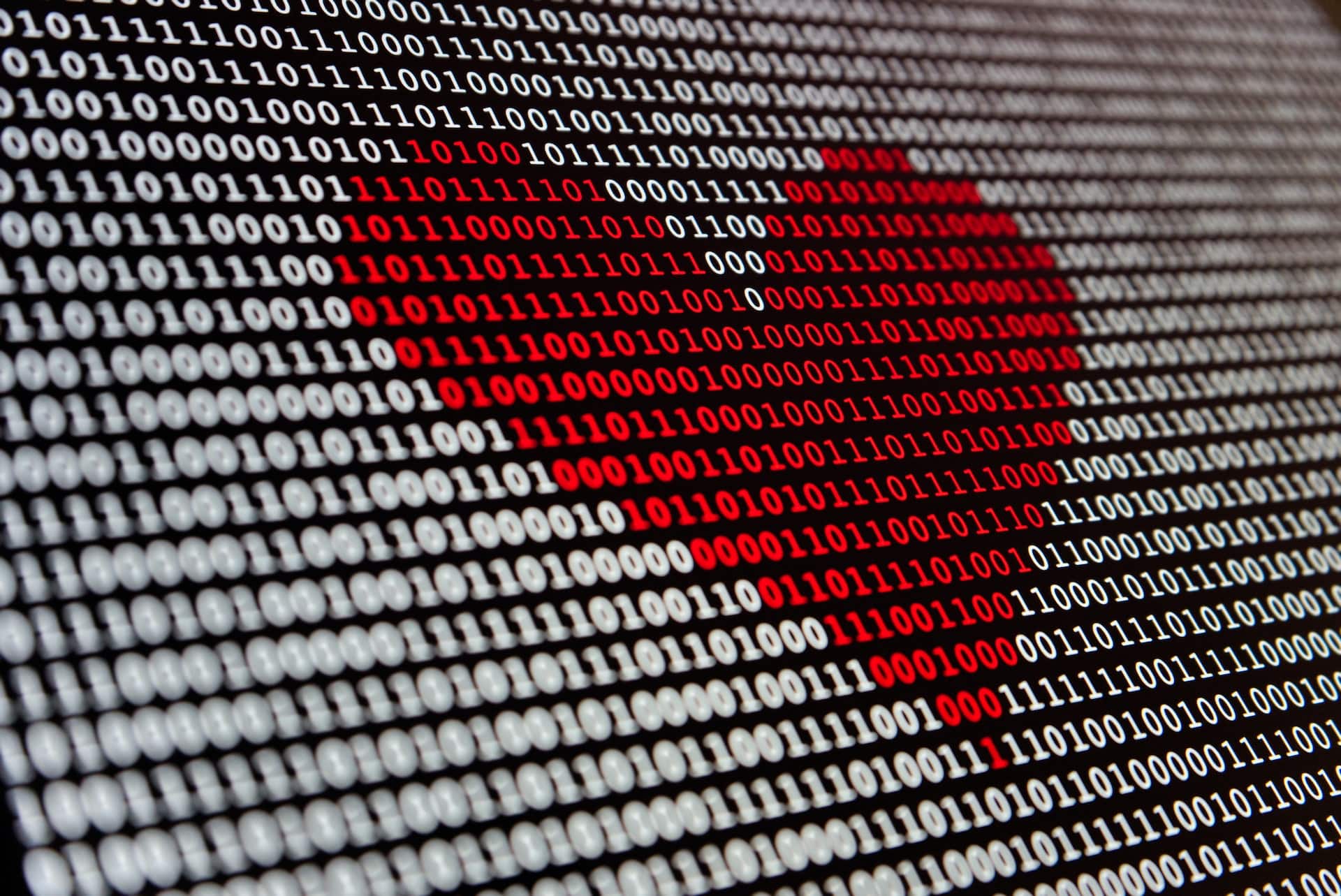AI art is getting more and more attention these days as people are starting to explore the amazing potential of artificial intelligence in creating incredible images. And it might even make for a great business idea.
So far, the concept has been well-accepted, and people are ready to pay top dollar for AI-generated art. An example of this is Edmond de Belamy, an AI-generated portrait, which was sold for $432,000.
Presenting us with imagery never before seen by humans, AI art could be a gateway towards a new form of visual expression–one without artists and void of subjective opinion. In this post, we’ll look into how AI generates images and what makes it unique from traditional art forms. So, read on to learn more about how AI generates images.
Table of Contents
What is AI Art and How it Works
AI art is a powerful and thought-provoking form of art created using sophisticated artificial intelligence algorithms. By using the process of diffusion modeling, AI artworks can be generated and manipulated to create truly distinctive and unpredictable pieces.
Diffusion modeling is a type of generative adversarial network that involves two AI algorithms working together to produce an outcome that is both aesthetically pleasing and conceptually stimulating. AI art can be a great way to push the boundaries between art and technology.
A Look at Different Types of AI Art
AI art is an emerging genre of art. Created with algorithms and neural networks, this form of art has become increasingly popular and accessible to the public over the past few years. While AI-created art can vary greatly, some notable types include artist-assisted artwork, generative adversarial networks (GANs), robot-made artwork, and collaborative art neural networks (CANNs).
-
- With artist-assisted artwork, a human will draw creation in conjunction with an AI program;
- GANs are collections of deep-learning paintbrushes that create realistic images;
- Robot-made art utilizes automated mechanical systems for painting and sculpting;
- CANNs are computer programs that collaborate with other robot artists to create large-body works.
With each type of AI art offering unique results, it’s up to both humans and machines to explore more possibilities within the constantly growing world of AI art.
How Do Computers Generate Images Using AI
With the introduction of artificial intelligence, computers now have the ability to generate images without any human guidance. Utilizing big data sets and deep learning algorithms, AI can analyze patterns and create original pieces of art.
AI is able to generate realistic artwork that’s unique, intricate, and often captivating, even to an expert eye. The possibilities for how AI-based artwork can be used in the future are boundless, from graphics for movie posters to museums showcasing computer-generated artworks alongside human-created ones.
By relying on machines instead of humans for image creation, it allows for a much faster output compared with traditional methods. People are still trying to understand exactly how computers produce these images, but it is clear that the result is nothing short of impressive.
The Potential Impact of AI-Generated Images on the Art
AI-generated images have the potential to revolutionize the concept of art, specifically how we view the creative process in this digital age. The growing capacity for computers and technology to be used to create art is shifting our view of who can and should create works of art.
As machines learn to master more sophisticated algorithms and generate new kinds of virtual artwork, it opens up an unprecedented opportunity for all sorts of artists worldwide to explore new avenues in creating something unique and innovative. Furthermore, by transforming data into visuals that can be changed in various ways, an AI-generated image could add a whole new dimension to our existing concepts of what constitutes a work of art—one that is more fluid, dynamic, and accessible than ever before.
The Benefits of Appreciating and Creating AI Art
There are countless benefits to appreciating and creating AI art, from experimenting with complex algorithms to exploring entirely new realms of creativity to producing artwork with nuanced brush strokes and beautiful colors that wouldn’t be possible to recreate by hand. In addition, it provides an opportunity to create artwork that has both human and robotic characteristics. By embracing this rapidly developing practice, we open the door to limitless possibilities in imaging techniques and creative expressions.
Bottom Line
AI art offers a fascinating glimpse into the potential of technology and its impact on the world of art. By harnessing the same artificial intelligence technology used in other industries, AI artists are able to use creative tools to artfully express ideas beyond merely human conception. Undoubtedly, AI will continue to change the face of art for generations to come.










